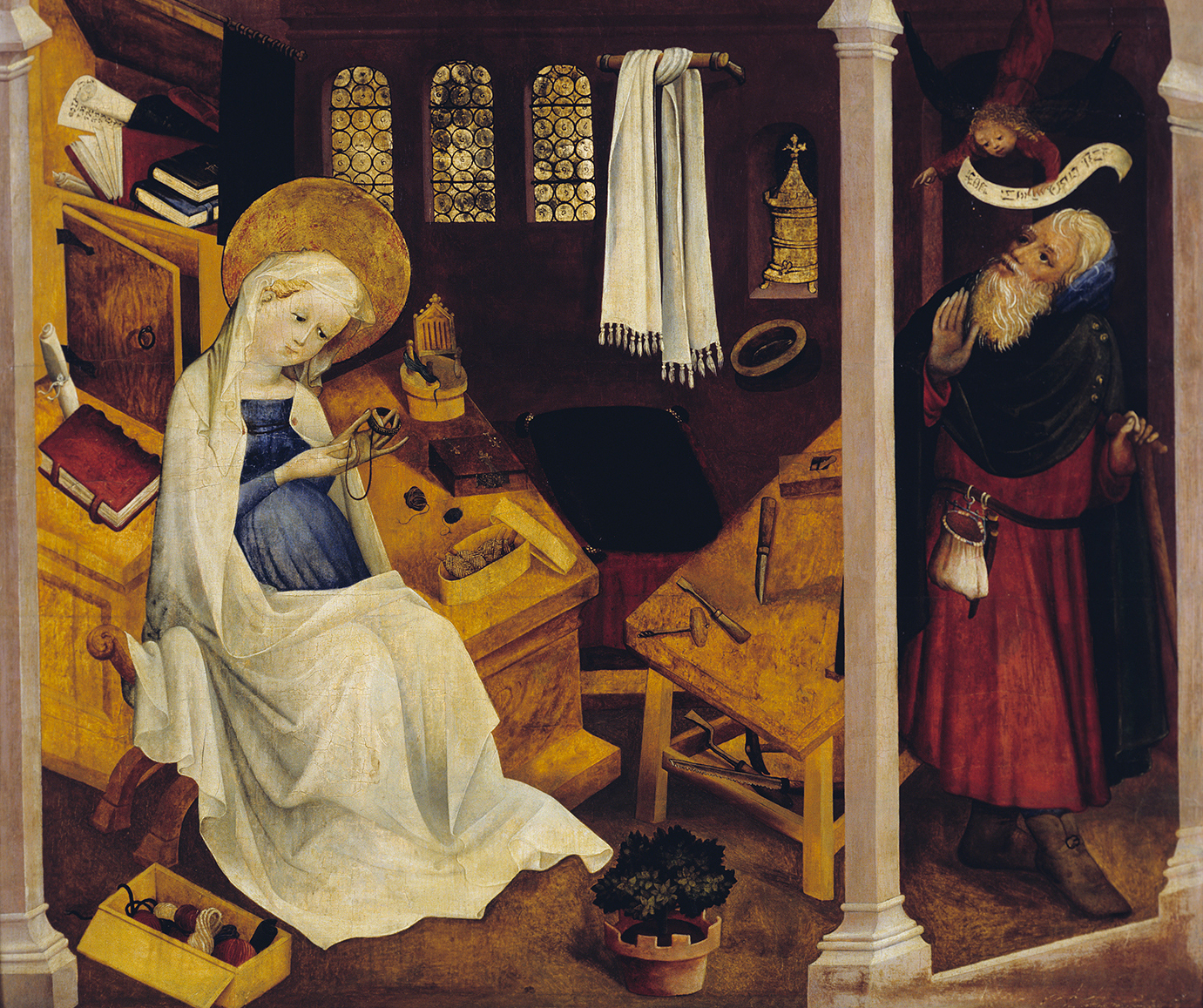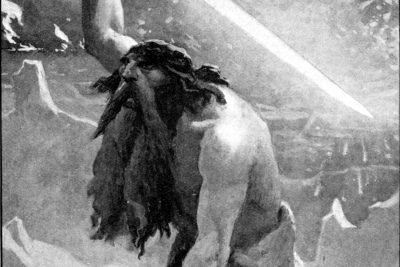
What are allegory and satire in Renaissance art and literature

The Renaissance was a vibrant period that marked a profound transformation in art, literature, and culture across Europe. Central to this cultural metamorphosis were the concepts of allegory and satire, which artists and writers utilized to convey complex ideas and critique societal norms. Through their inventive use of symbolism, figures used allegory to express moral, political, and philosophical themes, while satire provided a sharp tool for poking fun at prevailing attitudes and shortcomings. Together, they contributed to a rich tapestry of meaning and expression that continues to influence creative endeavors today.
One of the noteworthy figures from this period, Abraham Fraunce, emerged as both a poet and an academic, deeply ingrained in the classical traditions that characterized early modern English literature. His works serve as important examples of how allegory and satire were threaded through the literary fabric of the Renaissance. This article aims to explore the significance of these two literary devices in Renaissance art and literature, their characteristics and techniques, notable examples, and ultimately the cultural impact they had on an ever-evolving society.
- Understanding Allegory in Renaissance Art and Literature
- The Role of Satire in the Renaissance Era
- Key Characteristics of Allegorical Representation
- Satirical Techniques and Their Impact
- Prominent Examples of Allegory in Renaissance Works
- Notable Satirical Works and Their Authors
- The Interplay Between Allegory and Satire
- The Cultural Significance of Allegory and Satire
- Conclusion: The Legacy of Allegory and Satire in the Renaissance
Understanding Allegory in Renaissance Art and Literature
Allegory serves as a powerful narrative technique in which abstract ideas and principles are personified through characters, events, and symbols. In the context of the Renaissance, allegorical works became increasingly popular as authors sought to communicate multifaceted notions surrounding human existence, morality, and politics.
The Origins of Allegory
Allegory has ancient roots, with its primary influences stemming from classical literature and philosophy. The works of Plato and Aristotle laid the groundwork for understanding abstract ideas visually and narratively. During the Renaissance, these classical ideals were revived, leading to a renaissance of allegorical themes in literature and the arts, with writers frequently referencing classical works to enrich their narratives.
Influence on Renaissance Art
Renaissance artists adopted allegory as a means to convey deeper messages beyond mere aesthetics. Painters like Botticelli and Raphael integrated allegorical elements into their artworks. One famous example is Botticelli’s The Birth of Venus, which not only depicts the goddess of love but also represents concepts of beauty, love, and spiritual desire.
The Role of Satire in the Renaissance Era
Satire emerged as a significant literary genre during the Renaissance, allowing writers to critique societal norms, politics, and human behavior. Unlike allegory, which often wraps its messages in symbolic meaning, satire uses humor, ridicule, and exaggeration to provoke thought and social reflection.
Origins of Satire
While satirical writing has existed since ancient times, the Renaissance saw a flourishing of satirical literature. Influenced by earlier figures such as Horace and Juvenal, Renaissance satirists adapted these forms to address contemporary issues and moral shortcomings. The emergence of the printing press further spread these critiques, amplifying their reach and impact.
Satirical Themes and Subjects
Renaissance satire often focused on politics, religion, and social injustices. Writers like Thomas Nashe and Ben Jonson used satirical devices to critique the corruption of the church, the folly of the nobility, and the vices of common people. Their works fostered a culture of introspection and reform as audiences reflected on the depicted absurdities in their society.
Key Characteristics of Allegorical Representation
Symbolism
One of the defining features of allegory is the use of symbolism to represent abstract ideas. Characters may embody virtues like Justice or Greed, while events might symbolize broader human experiences. This rich layer of meaning invites deeper interpretation and engagement from the audience, enhancing the narrative’s complexity.
Multi-layered Meanings
Allegorical tales often operate on multiple levels, where a surface narrative conceals a more profound moral or philosophical commentary. This duality invites readers to unravel the layers, making for a rewarding experience as they discern the author's intentions and critiques of contemporary society.
Satirical Techniques and Their Impact
Irony and Exaggeration
Irony is a fundamental technique in satire, wherein the literal meaning is often opposite to the intended message. Exaggeration serves as another critical tool, where satirists blow certain traits or situations out of proportion to highlight their absurdities. Together, these techniques compel audiences to interrogate accepted norms and practices.
Parody and Sarcasm
Writers often employ parody to imitate and mock existing works or styles, bringing attention to their deficiencies or contradictions. Meanwhile, sarcasm enhances the biting tone of satirical commentary, delivering sharp critiques that resonate with audiences by revealing uncomfortable truths about their society.
Prominent Examples of Allegory in Renaissance Works
“The Faerie Queene” by Edmund Spenser
One of the most significant contributions to allegorical literature in the Renaissance is Edmund Spenser's epic poem, The Faerie Queene. Rich with allegorical significance, the poem intertwines historical and moral themes through its characterization of knights representing virtues such as Temperance, Justice, and Chastity. Each character's journey embodies the struggle for moral perfection, making it a remarkable reflection of those times.
“The Pilgrim’s Progress” by John Bunyan
Although slightly later than the Renaissance period, John Bunyan's The Pilgrim’s Progress is an exemplary allegorical narrative that delineates the Christian journey toward salvation. Through its characters, such as Christian and Hopeful, the text embodies various challenges and virtues associated with faith, showcasing the struggles of the human spirit and morality.
“The Battle of the Books” by Jonathan Swift
Although written in the 17th century, Jonathan Swift's The Battle of the Books is an important satirical work often examined in the context of Renaissance literature. Swift employs a fantastical battle between ancient and modern literature to critique modern authors, emphasizing the absurdity of intellectual quarrels and the follies of man.
“The Praise of Folly” by Desiderius Erasmus
Desiderius Erasmus, a pivotal figure during the Renaissance, presents a masterful satirical work titled The Praise of Folly. In this piece, Folly herself delivers a speech that mocks various sacred institutions and human behaviors, revealing the vanity and hypocrisy rampant in society. This work is crucial in understanding the tone and complexity of Renaissance satire.
The Interplay Between Allegory and Satire
While allegory and satire serve distinct purposes within literature and art, they are often interrelated, with artists and writers utilizing both to enhance their critiques. For instance, works like The Faerie Queene carry an allegorical narrative while also employing satirical elements to challenge social norms and moral standings.
This interplay becomes especially notable in the dimensions of character development, as allegorical figures serve to carry satirical commentary on the nature of humanity itself. Through the complex web of these two literary devices, Renaissance creators provided audiences with a lens to reflect upon their moral values and societal constructs.
The Cultural Significance of Allegory and Satire
The Renaissance was characterized by a profound transformation in both art and literature. The cultural significance of allegory and satire during this era cannot be overstated. These devices served not only as entertainment but also as vital mechanisms for social critique, education, and moral guidance. They encouraged public discourse about the human condition, power structures, and ethical dilemmas.
Additionally, figures like Abraham Fraunce, who navigated both the legal and literary worlds, utilized these devices to elevate the discourse surrounding law and morality in their works. The focus on classical forms and the inherent complexities of allegorical and satirical narratives opened channels for intellectual engagement and reaffirmed the role of literature as a respected source of wisdom and understanding.
Conclusion: The Legacy of Allegory and Satire in the Renaissance
The enduring legacy of allegory and satire from the Renaissance period is evident in contemporary literature and art. Their fundamental characteristics and techniques continue to shape narrative forms, allowing creators to explore complex ideas and hold a mirror to society. The works produced during this vibrant era reflect a profound understanding of human nature and the intricacies of moral questioning.
As demonstrated through notable figures like Abraham Fraunce, the Renaissance cultivated an environment where literary devices could flourish, leading to an awakening of thought and introspection. The powerful interplay of allegory and satire encapsulates the spirit of the Renaissance—a time of exploration, critique, and profound cultural significance.
Did you find this article helpful? What are allegory and satire in Renaissance art and literature See more here Education.
Leave a Reply






Related posts